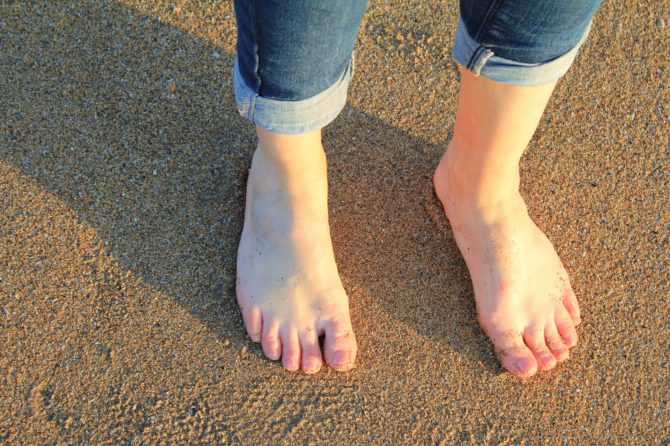
Posterior Tibial Tendonitis/Tendinopathy
Alec, I’ll take “important tendons in my foot” for $400, please…
Meet the Posterior Tibial Tendon. This band of tissue starts in the inner calf and courses behind the inner ankle bone. It then inserts into the inner arch area with the peroneal tendon. The posterior tibial tendon is a primary supporter of the arch and controls flexion and inversion (bending and twisting) of the foot.
This tendon is subject to both prolonged strain and sudden injury. Tendonitis of the PTT, also called posterior tibial tendon dysfunction, occurs when the tendon is inflamed, torn, or ruptured. Most commonly, this is caused by pronation. Pronation causes overstretching of the tendon, which eventually causes breakdown and tearing. When the arch flattens, it can also cause the tendon to tear.
Posterior tibial tendonitis presents as sharp pain on the inner arch or behind the ankle bone. Pain is worse with activity or after standing for long periods of time. Swelling is often present. The heel may also be tilted outward as a result of the arch collapsing.
At your appointment, your podiatrist will examine the signs of injury and request exercises to evaluate foot function and movement. X-rays, ultrasounds, and MRIs are sometimes used for diagnosing posterior tibial tendon injuries.
Appropriate and quick care leaves you open to many non-surgical options such as bracing, immobilization, rest, and physical therapy. Orthotics are helpful and needed once the inflammation and pain have subsided. Your podiatrist will monitor your progress and help mold custom orthotics when you need them.
For severe tears and ruptures, surgery may be needed. This can vary from direct repair of the tendon to full reconstruction of the arch. The best way to avoid surgery is to call the FAAWC today for your appointment. 740.363.4373
